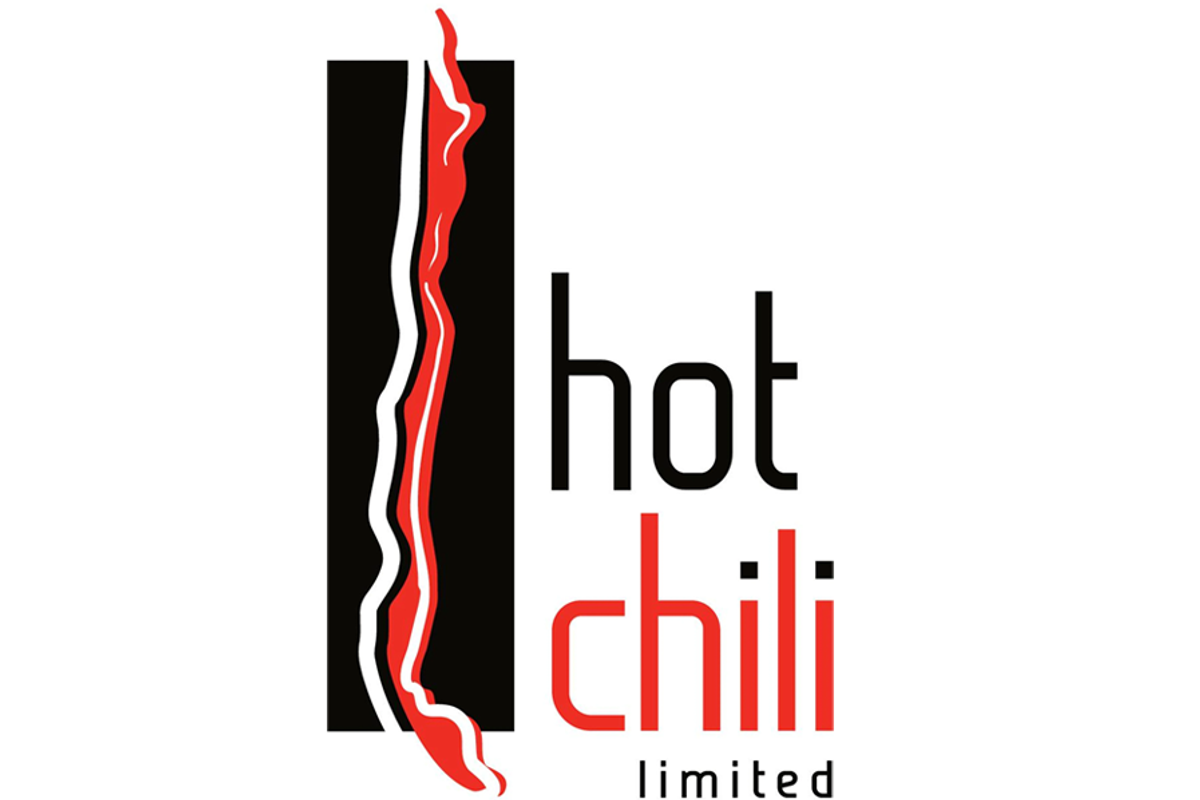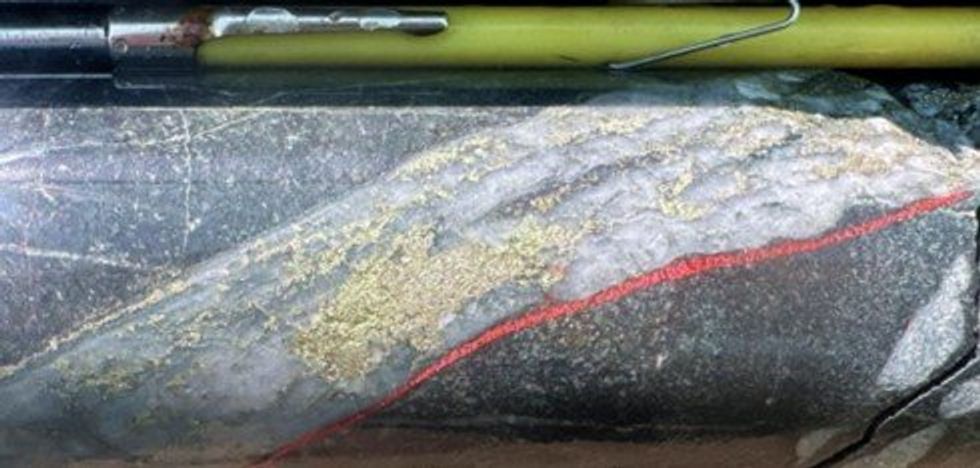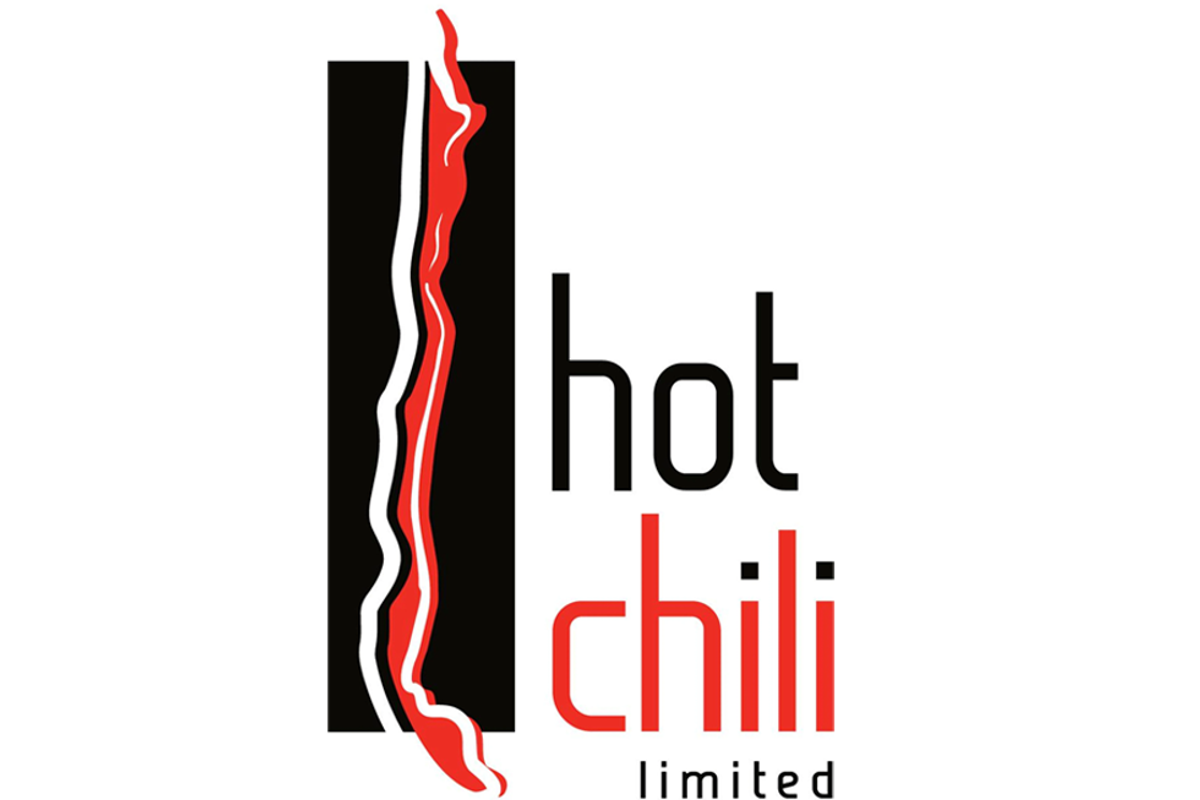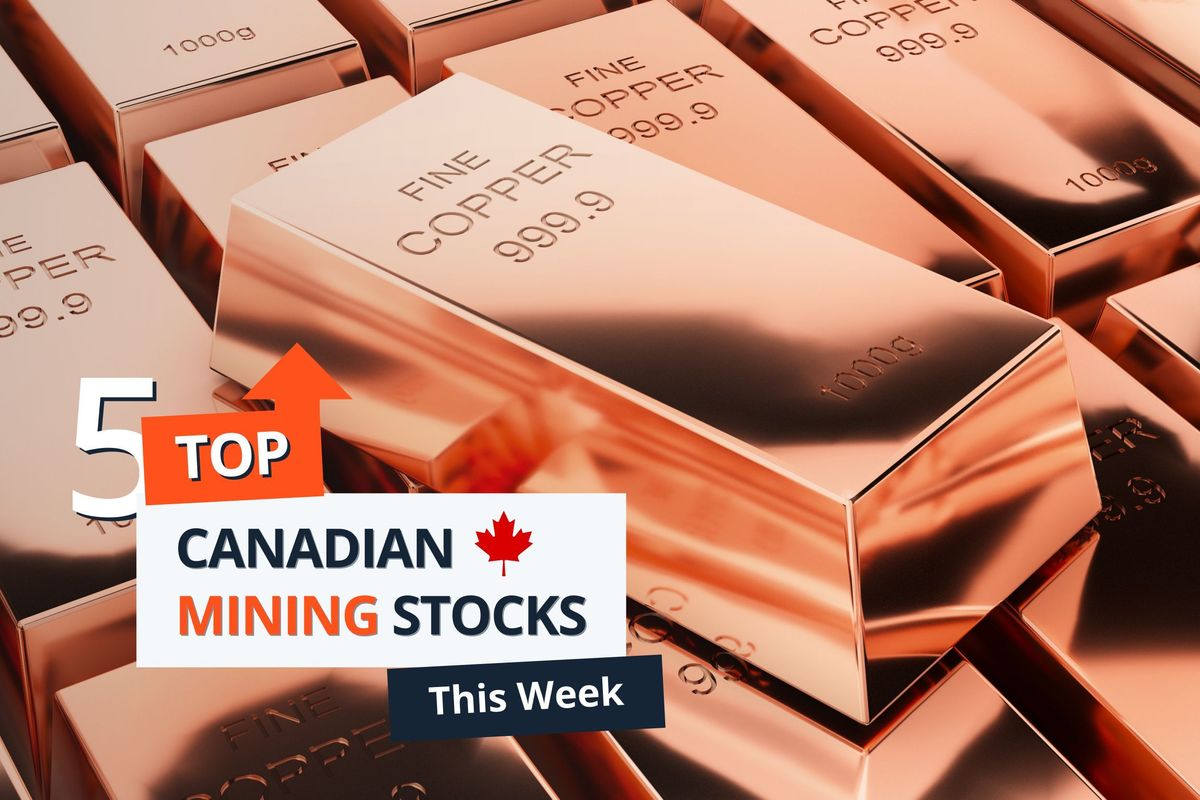
- NORTH AMERICA EDITIONAustraliaNorth AmericaWorld
April 03, 2023
Hot Chili Limited (ASX: HCH) (TSXV:HCH) (OTCQX: HHLKF) ("Hot Chili" or the "Company") is pleased to announce encouraging drill results that confirm the potential for further resource growth at the Cortadera copper-gold resource, the centrepiece of the Company’s low-altitude, Costa Fuego copper- gold project in Chile.
Highlights
- New drill assay results from the Cortadera copper-gold resource in Chile confirm significant mineralisation outside of the current Cuerpo 1 mineralised envelope – increasing the potential for future Mineral Resource expansion
- Standout results include:
- 270m grading 0.5% CuEq* (0.4% Copper (Cu), 0.1g/t Gold (Au)) from surface (CRP0202D)
including 114m grading 0.7% CuEq (0.6% Cu, 0.1g/t Au) from 70m depth, - 84m grading 0.4% CuEq (0.4% Cu) from 336m depth downhole (CORMET001)
including 26m grading 0.6% CuEq (0.6% Cu, 0.1g/t Au) from 374m depth.
- 270m grading 0.5% CuEq* (0.4% Copper (Cu), 0.1g/t Gold (Au)) from surface (CRP0202D)
- Results pending for three additional drill holes (including CRP0201D) that are testing the depth potential of copper-gold mineralization below Cuerpo 1
- Completion of first-pass drill programme across new AMSA landholding, results pending for fifteen reverse circulation drill holes
- Compilation of results and planning underway for second-pass drill programme on new AMSA landholding expected to commence in the coming weeks

Cortadera’s Mineral Resource comprises three porphyry centres, which extend from surface over a strike extent of 2.3km. Cortadera’s two eastern porphyries have been defined to vertical depths up to 1.3km, however, drilling across the western-most porphyry (Cuerpo 1) had previously not intersected higher grade mineralisation (+0.3% CuEq) below 220m depth prior to 2023’s drill programme.
New drill results now confirm that higher grade mineralisation (+0.3% CuEq) extends and remains open at depth below Cuerpo 1 ahead of a planned Mineral Resource update for the second half of 2023.
New Results Confirm Extension to Mineralisation at Cuerpo 1
In 2022, the Company recorded an end-of-hole drill result (CORMET001, 6m grading 0.6% Cu from 354m depth) from a development study geotechnical drill hole (see Announcement released 29th April 2022) located below the Mineral Resource envelope for Cuerpo 1.
Over the past two months, the Company has extended diamond drill hole CORMET001, and completed a further five drill holes below Cuerpo 1. Initial assay results confirm a significant extension to mineralisation below the current Mineral Resource, intersecting mineralised porphyry (early- and intra-mineral) up to 300m below the Indicated Mineral Resource for Cuerpo 1.
Complete results have been received for three of six holes completed, and only partial results for two diamond holes (CRP0201D and CRP0202D) and one reverse circulation RC hole (CRP0203). Significant intersections recorded to date include:
- 270m grading 0.5% CuEq (0.4% Cu, 0.1g/t Au) from surface (CRP0202D1)
including 114m grading 0.7% CuEq (0.6% Cu, 0.1g/t Au) from 70m depth, or including 60m grading 0.9% CuEq (0.8% Cu, 0.1g/t Au) from 110m depth - 54m grading 0.5% CuEq (0.4% Cu, 0.1g/t Au, 55ppm Mo) from surface (CRP0201D1)
- 84m grading 0.4% CuEq (0.4% Cu) from 336m (CORMET0012)
including 26m grading 0.6% CuEq (0.6% Cu, 0.1g/t Au) from 374m depth. - 256m grading 0.3% CuEq (0.3% Cu) from 192m depth (CRP0200D)
including 36m grading 0.5% CuEq (0.5% Cu, 0.1g/t Au) from 210m depth,
and including 74m grading 0.4% CuEq (0.4% Cu) from 374m depth
1Partial result reported, currently awaiting assays for remaining intervals.
2Note that this intersection includes an interval from 336m to 350m previously reported in April 2022.
The Company looks forward to the return of the remaining drillholes from this program in the coming weeks.

First-Pass Drilling Completed Across Western Cortadera (AMSA Landholding)
A first-pass drill programme, comprising sixteen RC drill holes for 4,116m, is complete across three porphyry targets within the recently secured AMSA landholding (see announcement dated 13th January 2023). These holes are located along the western extent of the Cortadera copper-gold Mineral Resource and results for fifteen of the sixteen holes are pending.
Drilling was primarily shallow (less than 300m depth) and focussed on defining the extent of Cortadera’s fourth porphyry (Cuerpo 4).
The Company confirmed significant copper mineralization associated with Cuerpo 4 in February with first results from diamond hole LCD001 (see announcement dated 23rd February 2023), which recorded 120m grading 0.5% CuEq* (0.4% Cu, 0.2g/t Au from 22m depth down-hole to end of hole. Importantly, this wide intersection also included 38m grading 1.0% CuEq* (0.8% Cu, 0.4g/t Au) from 22m depth, or 18m grading 1.3% CuEq* (1.0% Cu, 0.5g/t Au) from 32m depth.
Once all assay results have been received and reviewed, the Company and Antofagasta Minerals (AMSA) will plan a second-pass drill programme to follow-up the initial results of this programme as part of the 6,000m drill commitment to the option agreement (see announcement dated 28th November 2022).
The Company looks forward to receiving further results in the coming weeks.
Click here for the full ASX Release
This article includes content from Hot Chili Limited, licensed for the purpose of publishing on Investing News Australia. This article does not constitute financial product advice. It is your responsibility to perform proper due diligence before acting upon any information provided here. Please refer to our full disclaimer here.
HCH:AU
The Conversation (0)
13 June 2022
Hot Chili Limited
Low-Altitude Sizeable Copper Development in South America
Low-Altitude Sizeable Copper Development in South America Keep Reading...
31 December 2025
Surge in Copper Demand Re-energises Cobar Basin’s Underexplored Resource Potential
The Cobar Basin in Central New South Wales, Australia, may be emerging as a key focus for investors positioning for the next wave of copper supply. With a looming global shortage of the red metal and long-term demand being driven by electrification and decarbonisation, savvy investors are... Keep Reading...
29 December 2025
Nine Mile Metals Announces Certified High-Grade Assay Results up to 15.00% Copper from the Wedge Project, Bathurst, New Brunswick
Nine Mile Metals LTD. (CSE: NINE,OTC:VMSXF) (OTC Pink: VMSXF) (FSE: KQ9) (the "Company" or "Nine Mile") is pleased to announce Certified Assay results for volcanogenic massive sulphide (VMS) mineralization collected from the pre-drill area on the Wedge VMS Project, in the world-famous Bathurst... Keep Reading...
22 December 2025
Nine Mile Metals Announces Completion of DDH WD-25-02B and Continues to Confirm Zones of Copper Rich VMS with 66 Meters of Mineralization at the Wedge Project
Nine Mile Metals LTD. (CSE: NINE,OTC:VMSXF) (OTC Pink: VMSXF) (FSE: KQ9) (the "Company" or "Nine Mile") is pleased to announce that the 3rd drill hole in its Wedge Western Extension Drill Program (DDH-WD-25-02B) has been completed.DDH WD-25-02B was collared approximately 60 meters northwest of... Keep Reading...
19 December 2025
Top 5 Canadian Mining Stocks This Week: Pacific Empire Metals Gains 200 Percent on Drill Results
Welcome to the Investing News Network's weekly look at the best-performing Canadian mining stocks on the TSX, TSXV and CSE, starting with a round-up of Canadian and US news impacting the resource sector.Statistics Canada released November’s consumer price index (CPI) data on Monday (December... Keep Reading...
17 December 2025
Nine Mile Metals Announces Certified High-Grade Assay Results up to 15.21% Copper from the Wedge Project, Bathurst, New Brunswick
Nine Mile Metals LTD. (CSE: NINE,OTC:VMSXF) (OTC Pink: VMSXF) (FSE: KQ9) (the "Company" or "Nine Mile") is pleased to announce Certified Assay results for volcanogenic massive sulphide (VMS) mineralization collected from the pre-drill area on the Wedge VMS Project, in the world-famous Bathurst... Keep Reading...
Latest News
Interactive Chart
Latest Press Releases
Westport Announces Board of Directors Update
02 January
Related News
TOP STOCKS
American Battery4.030.24
Aion Therapeutic0.10-0.01
Cybin Corp2.140.00




